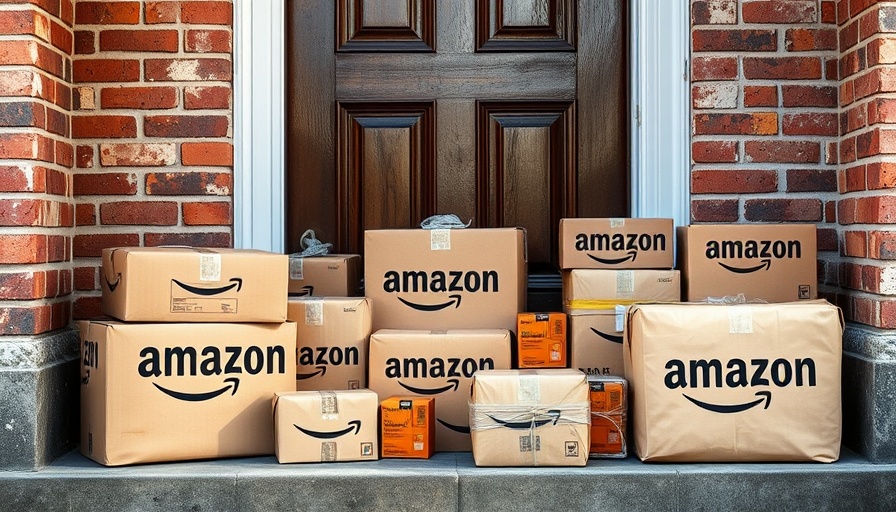
Understanding Amazon's New Household Policy for Prime Members
Amazon's recent decision to limit Prime benefits sharing to a single household has sparked discussions among home owners, particularly in the MidSouth. Traditionally, Amazon allowed families to share the perks of Prime amongst members living outside the primary account holder’s home. This approach not only made Prime more accessible but also encouraged family members and friends to enjoy the convenience of quick deliveries, streaming services, and exclusive deals.
Effective October 1, 2025, users will see significant changes with the new 'Amazon Family' policy. It requires that everyone sharing benefits lives at the same physical address. For many, this will entail a reevaluation of how they access and utilize their Amazon Prime subscriptions.
Implications for Shared Living Situations
The directive has become particularly relevant for home owners who often share their Prime account with distant family members, like children at college or relatives living in different cities. The policy can lead to either increased costs or a rethinking of shared living arrangements. For example, students can no longer rely on their parents' Prime membership for fast deliveries or streaming options. They must now secure their subscriptions, which may strain their budgets.
Exclusive Benefits with Amazon Family
Now, with the introduction of Amazon Family, members gain access to an array of savings, including free delivery on eligible items, exclusive deals, and the chance to access digital content—like audiobooks and eBooks. It is crucial to acknowledge that the Amazon Family program allows the primary account holder to share their membership with one other adult, up to four teens, and four child profiles. However, members will need to reside at the same physical address.
What This Means for Home Owners
Home owners in the MidSouth should recognize the potential benefits and challenges of this change. From a wellness perspective, these benefits provide a more tailored set of offerings for families in one household, likely cultivating a more cohesive living and leisure environment by encouraging shared activities, such as watching films or reading together.
Exploring Practical Alternatives
As we adapt to these changes, home owners might find it useful to explore alternative streaming and shopping options. For example, many local businesses and services offer similar convenience and benefits. Supporting local vendors not only provides residents with exciting products but also contributes to community wellness overall. If certain Prime benefits are becoming too constrained, consider investing in local subscriptions or memberships that align with your health and wellness values and encourage thriving home environments.
Taking Action: Your Next Steps
As the new policy comes into effect, it's important for current Prime members to evaluate their needs critically. Will it make sense to share your account with others, or would it be better for household members to maintain their own subscriptions? Consider the overall financial and emotional impact of these decisions.
Finally, while Amazon hasn't explicitly addressed password sharing, users should stay informed and proceed cautiously, as future changes may arise. Engage with your household about the ways in which your shared benefits can be maximized, ensuring everyone in the home feels valued and catered to within this new dynamic.
Shaping the Future of Home Living
Ultimately, the move to restrict sharing policies represents an industry shift towards reinforcement of household-oriented services. This change could open up future possibilities for creating personalized and cohesive spaces within homes, enhancing overall well-being while adapting to new norms of connectivity and access. Home owners may find opportunities to utilize technology in ways that encourage togetherness during these transformative times.
 Add Row
Add Row  Add
Add 



Write A Comment